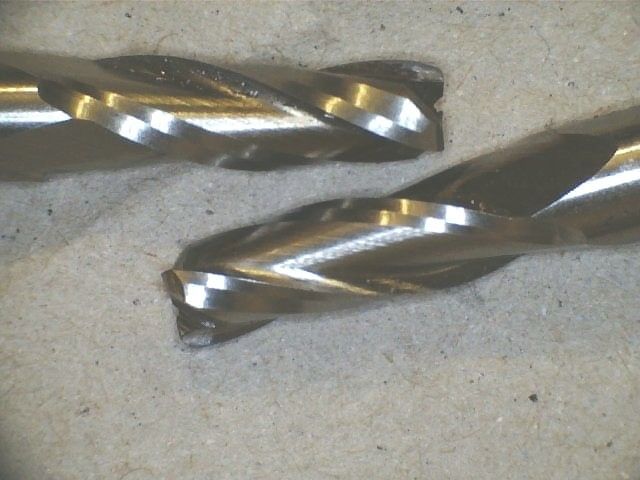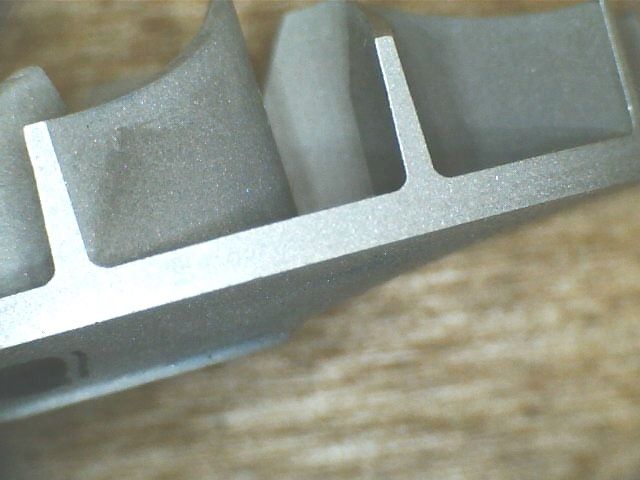One other thing to consider when doing what Barrie suggests and testing each cutter then adjusting the software to compensate is that this needs to be done prior to a job starting and then the cutter should not be removed from the holder. So this means you will need multiple tool holders and reasonable quality ones at that and as you may double up on the same shank size then multiple collets which again will need to be better than "standard" quality.
So you could be looking at spending say £100 per tool and would need to have them all set up ready to go which would likely be a need for 10 commonly used tools so that is another £1000 to come out of your budget.You also need to consider the spindle once you get into swapping preset tooling so you need a system where the tool holder goes back in the same position each time.
Also now that you have the tools cutting accurately you are going to want to holed the work accurately particularly if the work will need repositioning for completing eg turning upside down to remove the holding allowance. So a good quality vice will be needed say £500
Andrews mention of heat making your part expand will also need to be considered, Flood coolant will need a pump and suitable enclosure, tanks, etc so that will have to come out of the budget. The other option is air preferably with some form of fog buster lubrication so you want a decent compressor that can supply a constant volume of air for long run times. This is also likely to make the most noise so think about neighbours. Again an enclosure is best if doing a lot of CNC work.
You don't say how many items you want to make but I get the feeling this is not a couple of uses per month hobby project. If so you will also want as solid a machine as you can afford which will be able to remove metal at a reasonable rate rather than a less rigid router that although it will do the job will only be able to nibble away at the workpiece and take several times as long to do what the heavier machine could.
The other question is what are your CAD skills like as you will need to be able to 3D (2D may suffice for some items) model the parts you want to make and then run them through CAM to get the code for the machine. This then brings us onto how much you know about feeds, speeds, chip loads etc as you will need to tell the CAD what cutting parameters you want for the tool and the type of cut it is taking.
Edited By JasonB on 14/07/2020 07:38:07
Duff Machinist.









